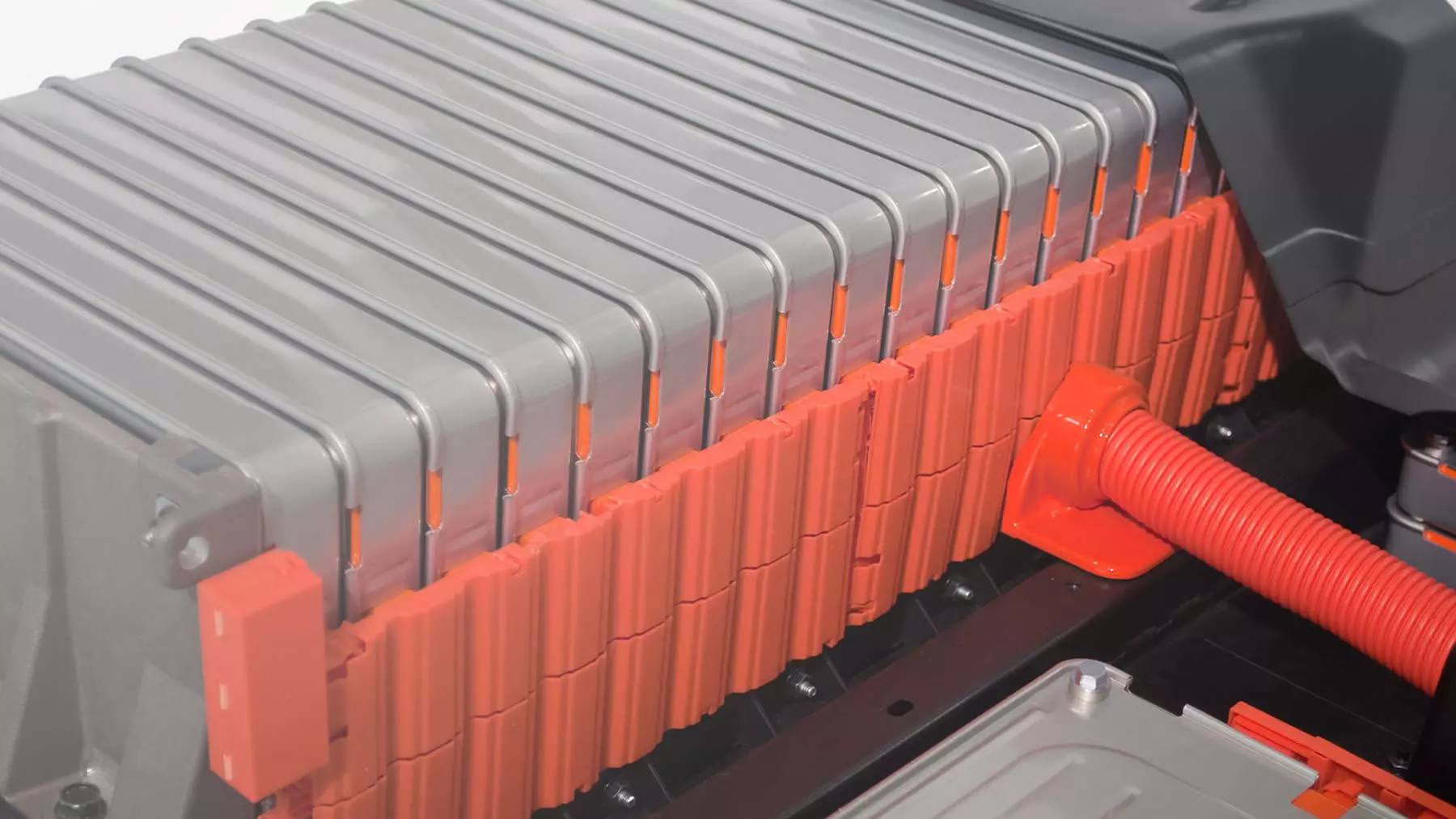An electric vehicle (EV) battery pack is the heart of the electric vehicle, making it the driving force for this green transportation technology. Just like a laptop battery, an EV battery pack must be charged and maintained properly to maximize its life and efficiency. Here are some best practices to help you maintain and care for your EV battery pack.
One of the biggest challenges is sourcing the raw materials needed for EV batteries. The most common ingredients in EV batteries are nickel and cobalt. These raw materials can be expensive to mine and transport, so battery companies are trying to find ways to reduce their costs. The government is supporting this effort with $3.1 billion from the 2021 infrastructure bill, including $60 million for new research into alternative sources of cobalt. However, it is important to note that there are environmental hazards associated with mining these materials.
As the cost of battery materials has decreased over the past decade, it is now possible to find affordable and durable EV battery packs. By 2031, the average price of a battery pack is expected to be $90 per kWh. Even with this low cost, however, the manufacturing cost of an electric vehicle will still be higher than that of a gasoline-powered vehicle.
Another way to preserve an EV battery is to limit the battery’s temperature. Battery temperatures below 20 degrees Fahrenheit cause a reduction in battery performance, which can cause a 40 percent drop in range. To prevent this problem, keep your EV battery between 60% and 80% when charging. Also, avoid fast charging.
Recycling an EV battery after it has reached its working life will help keep the environment clean. It involves disassembling the battery and recovering valuable materials from it, including lithium and cobalt salts. Other materials include copper, plastic, and stainless steel. VW recently announced a pilot plant for recycling EV batteries, where it expects to recycle 97% of its battery components.
EV charging stations typically have two types of chargers. Level 1 chargers use a portable charging cord to recharge the battery while Level 2 chargers connect directly to the high-voltage bus of the vehicle. The latter type of charger has higher charging power and faster charging times. Generally, the EV charger is located in the front of the vehicle.
The most common type of battery for an EV is a lead-acid battery. This type of battery is the most affordable and widely available. It can last from 30 to 80 kilometers. However, the specific energy of lead-acid batteries is not very high. This type of battery has to be heated before it can be used.
Recycling an EV battery is important for the environment. Reusing a battery is not only environmentally friendly, but also economical. Used batteries can be used to power factories, streetlights, and other uses. In addition, batteries can also be used as energy storage for electric bikes and tools.





